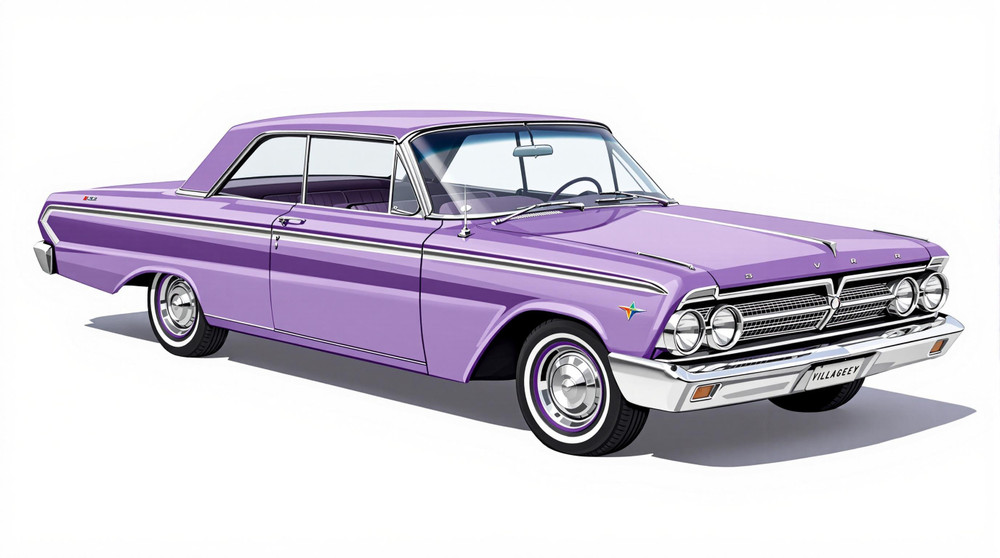Image of 1962 Mercury Villager, Note: These illustrations use artistic license and may differ from actual historical models.
Performance Metrics
Fundamental Metrics
Emotional Appeal
MMP Rating
| Engine Specifications | |
|---|---|
| Engine Options: | 223 CID I6, 292 CID V8, 352 CID V8 |
| Displacement Range: | 223-352 cubic inches |
| Horsepower Range: | 138-220 hp (estimated) |
| Torque: | 206-352 lb-ft (estimated) |
| Compression Ratio: | 8.4:1 - 8.9:1 (estimated) |
| Ignition System: | Conventional breaker-point ignition system |
| Cooling System: | Liquid-cooled |
| Performance Specifications | |
| 0-60 Time: | 10-12 seconds (estimated) |
| 1/4 Mile Time: | 17-19 seconds (estimated) |
| Top Speed: | 100-120 mph (estimated) |
| Transmission and Drive | |
| Drive Type: | Rear-wheel drive |
| Transmission Type: | 3-speed manual, 3-speed automatic |
| Fuel and Efficiency | |
| Fuel System Type: | Carburetor |
| MPG: | 10-15 mpg (estimated) |
| Dimensions and Brakes | |
| Brakes: | Drum brakes |
| Wheelbase: | 119 inches |
| Weight: | 3,400-3,600 lbs |
Note: Specifications for classic cars are given to the best of our ability, considering the limited and variant data available.
Unveiling the 1962 Mercury Villager: A Testament to American Automotive Ingenuity
The 1962 Mercury Villager stands as a gleaming example of American automotive craftsmanship from an era when chrome was king and tailfins were beginning to make their graceful exit. Born from the ambitious minds at Mercury, a division of the Ford Motor Company, this vehicle emerged during a period of transition and innovation in the automotive world. The Villager was not just a car; it was a statement of style and functionality, designed to cater to the burgeoning suburban lifestyle of the early 60s. Its introduction to the market marked a unique moment in history, as it offered a blend of station wagon utility and sedan-like comfort that appealed to the modern American family.
Design and Innovation
The exterior of the 1962 Mercury Villager exuded elegance with its sleek lines and restrained use of chrome accents. The front grille's intricate design and the tasteful application of side trim contributed to an overall aesthetic that was both sophisticated and approachable. Inside, passengers were greeted by an interior that prioritized comfort and space. High-quality materials such as vinyl or optional leather adorned the seats, while thoughtful touches like ample legroom and intuitive dashboard layout made every journey a pleasure.
Technologically, the Villager was equipped with features that were advanced for its time, including an optional power rear window for easy access to the cargo area. Color options ranged from classic whites and blacks to more adventurous hues like Peacock Blue and Sultana White, with Corinthian White being among the popular choices.
Customers could choose from several body styles, but it was the station wagon configuration that became emblematic of the Villager nameplate. This variant offered versatility with its generous cargo space and became an iconic symbol of family transportation during this era.
Historical Significance
The 1962 Mercury Villager's impact on automotive design was subtle yet significant. It helped bridge the gap between utilitarian wagons and more luxurious sedans, setting a precedent for future vehicles that would seek to blend these qualities. Its design language influenced subsequent models within Mercury and beyond, leaving an indelible mark on the industry.
Performance and Handling
Underneath its polished exterior, the Villager housed a robust powertrain capable of delivering respectable performance figures for its time. Top speed and acceleration were competitive within its class, with some models capable of reaching 0-60 mph in under 15 seconds—a commendable feat for a family-oriented vehicle. On various driving conditions, from bumps to windy roads, drivers could expect a smooth ride thanks to well-tuned suspension systems. The driving experience was characterized by a reassuring hum from under the hood, responsive steering, and an overall sense of solidity that gave drivers confidence behind the wheel.
Ownership Experience
The 1962 Mercury Villager found its place as a versatile companion capable of fulfilling multiple roles—from daily commuting to weekend getaways with family. Maintenance and reliability were on par with expectations for vehicles from this era; straightforward mechanical designs meant repairs could often be managed by owners with basic automotive knowledge.
Fun Facts
The Villager nameplate would later become associated with minivans in the 90s, but it first made its mark as this stylish station wagon. While not known for setting speed records or dominating sales charts, it held its own as a reliable and stylish choice for consumers. Criticisms were few but typically centered around desires for more power or modern features—common sentiments for vehicles as they age.
Collector's Information
Today, collectors might find that locating a pristine 1962 Mercury Villager can be quite challenging due to limited production numbers—though exact figures are elusive—and natural attrition over time. As for value range, well-preserved examples could fetch anywhere from mid-five figures up into six-figure territory depending on condition, provenance, and originality. The market trend has shown appreciation for well-maintained classic station wagons like the Villager as enthusiasts seek out unique pieces of automotive history.
Conclusion
The 1962 Mercury Villager remains an intriguing chapter in America's automotive narrative—a testament to innovation during a transformative period in society. Its blend of practicality and panache continues to captivate classic car aficionados who appreciate its unique place in history. As we look back on this charming wagon, we're reminded that sometimes it's not just about getting from point A to B; it's about how you get there—and in what style.
1962 Mercury Villager Catalog of Parts
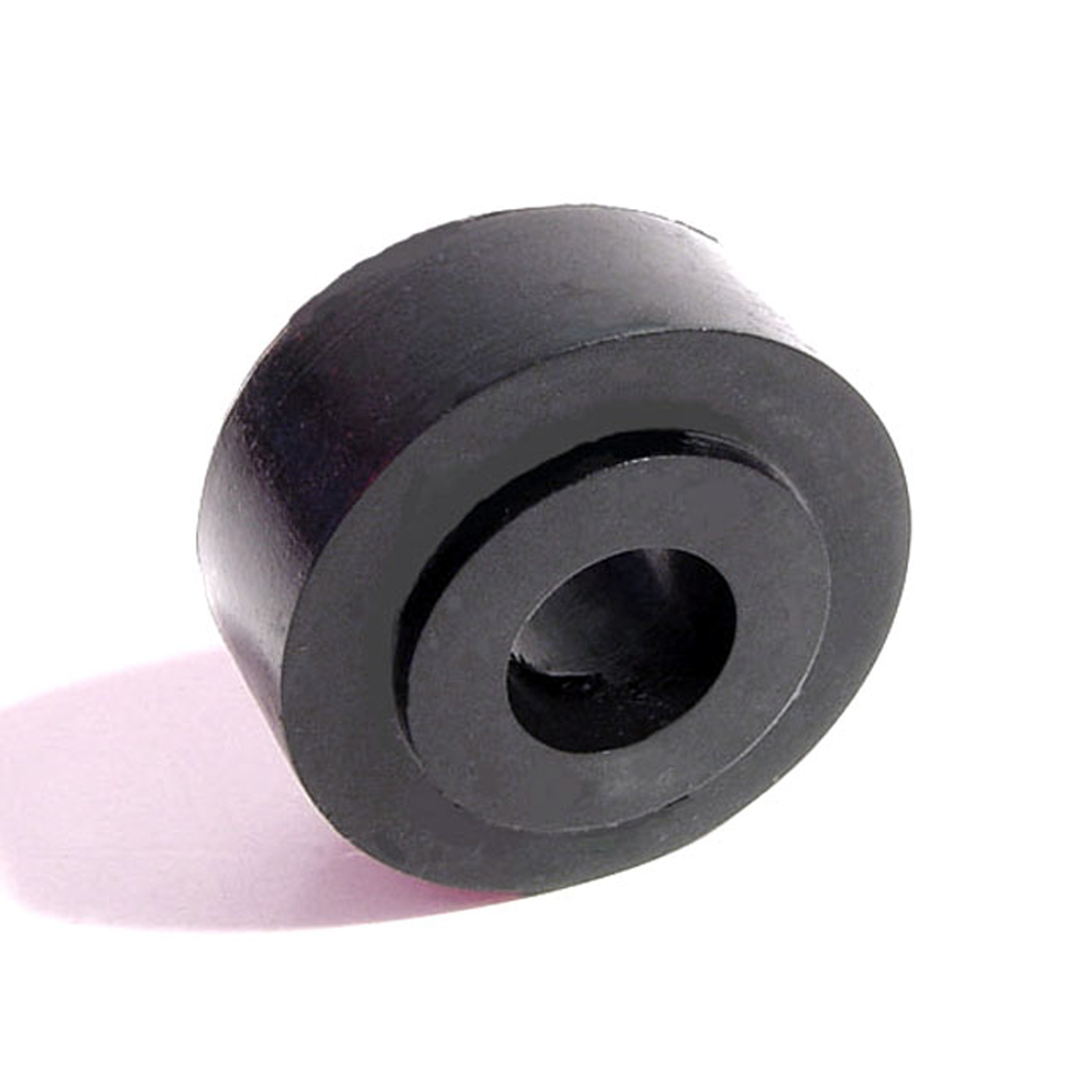 1962 Mercury Villager Shock Absorber Grommet. 1-1/4" bottom O.D., 1" high-BN 12Shock Absorber Grommet. 1-1/4" bottom O.D., 1" high., with 3/4" I.D. Each
1962 Mercury Villager Shock Absorber Grommet. 1-1/4" bottom O.D., 1" high-BN 12Shock Absorber Grommet. 1-1/4" bottom O.D., 1" high., with 3/4" I.D. Each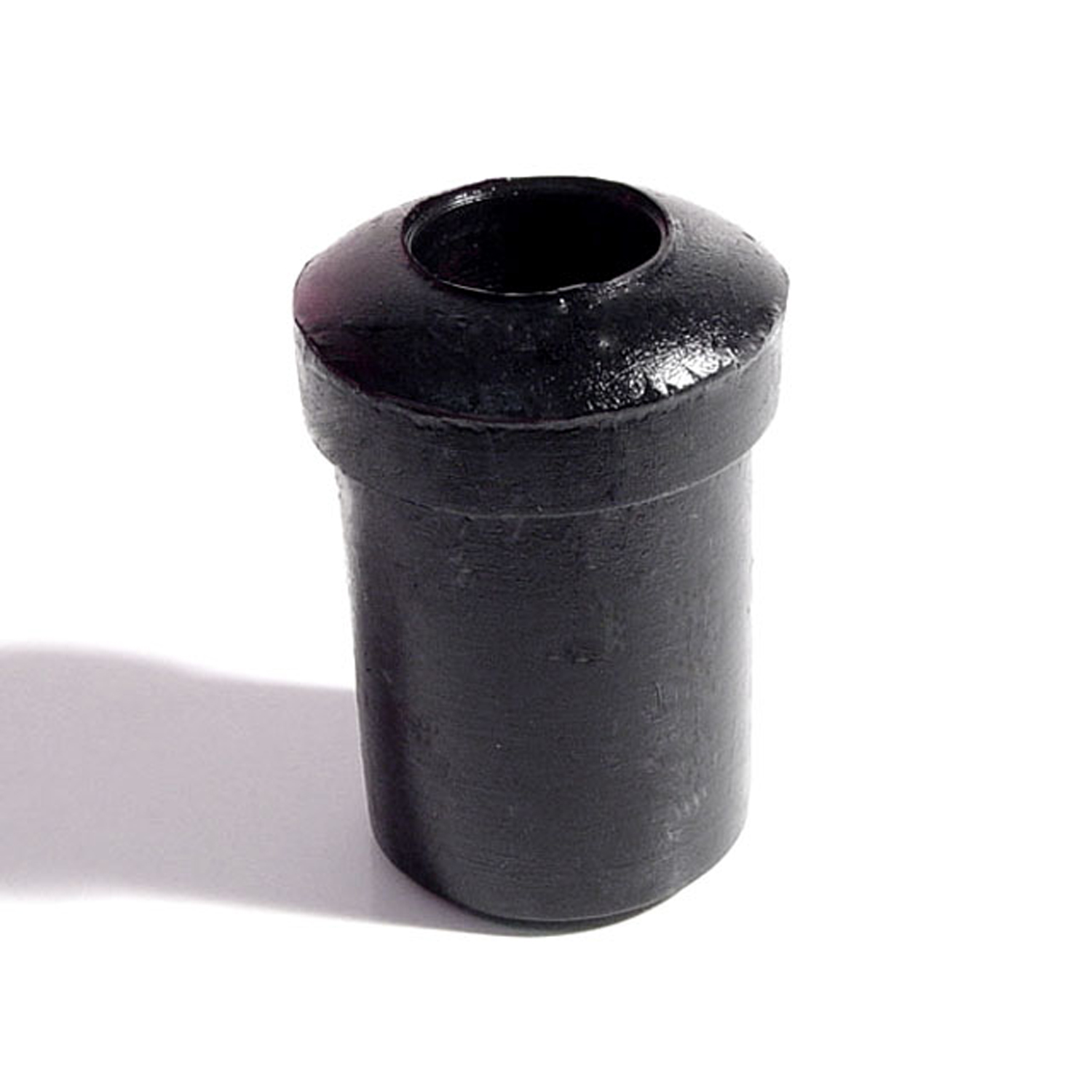 1962 Mercury Villager Spring and Shackle Bushing. 1" bottom O.D-BN 20Spring and Shackle Bushing. 1" bottom O.D. X 1-5/8" high, with 9/16" I.D. Each
1962 Mercury Villager Spring and Shackle Bushing. 1" bottom O.D-BN 20Spring and Shackle Bushing. 1" bottom O.D. X 1-5/8" high, with 9/16" I.D. Each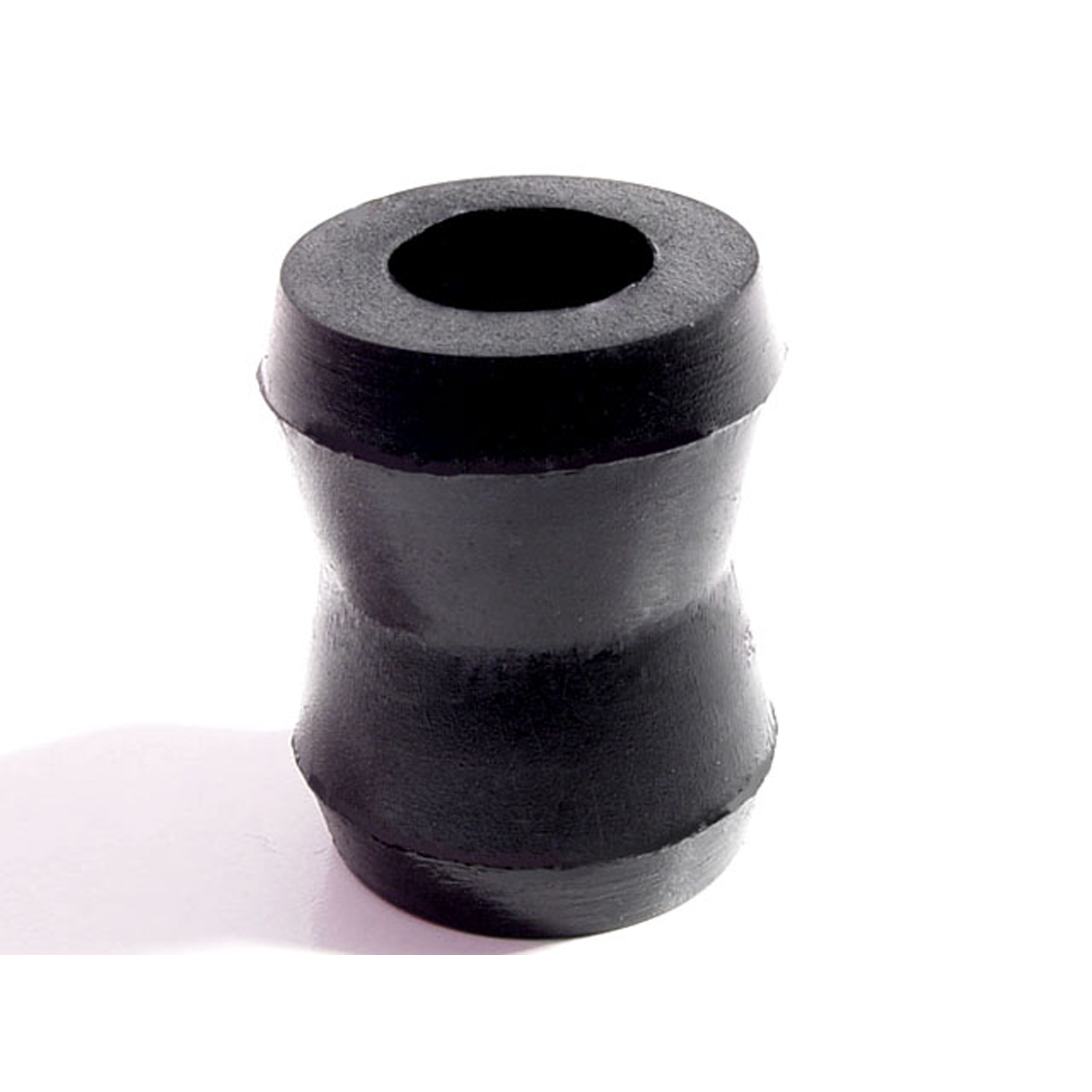 1962 Mercury Villager Shock Absorber Grommet. 1" bottom O.D., 1-7/16" high-BN 3Shock Absorber Grommet. 1" bottom O.D., 1-7/16" high., with 5/8" I.D. Each
1962 Mercury Villager Shock Absorber Grommet. 1" bottom O.D., 1-7/16" high-BN 3Shock Absorber Grommet. 1" bottom O.D., 1-7/16" high., with 5/8" I.D. Each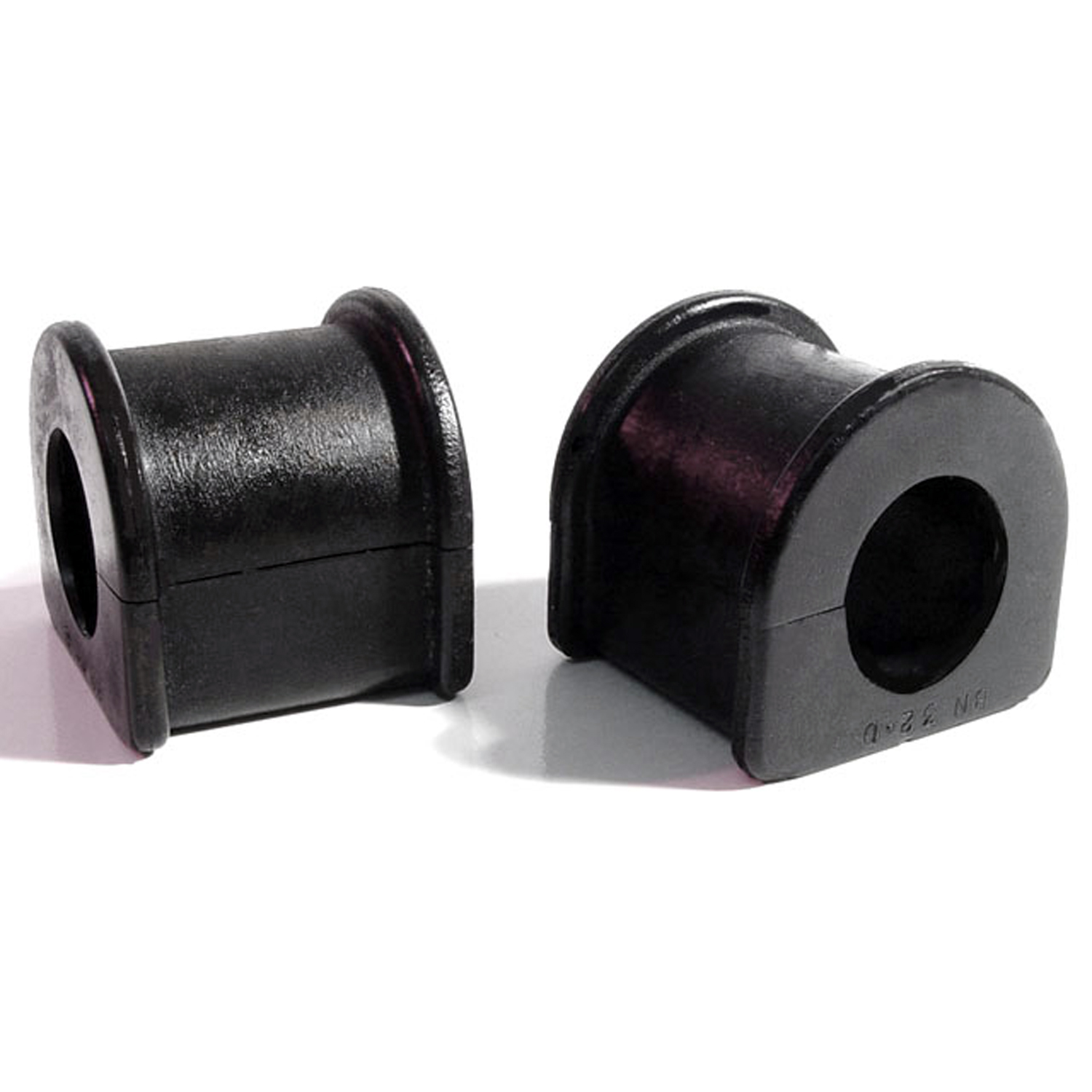 1962 Mercury Villager Stabilizer Bar Bushings-BN 32-DStabilizer Bar Bushings. 1-9/16" long X 1-1/2" wide X 1-5/8" high, 15/16" I.D. Pair
1962 Mercury Villager Stabilizer Bar Bushings-BN 32-DStabilizer Bar Bushings. 1-9/16" long X 1-1/2" wide X 1-5/8" high, 15/16" I.D. Pair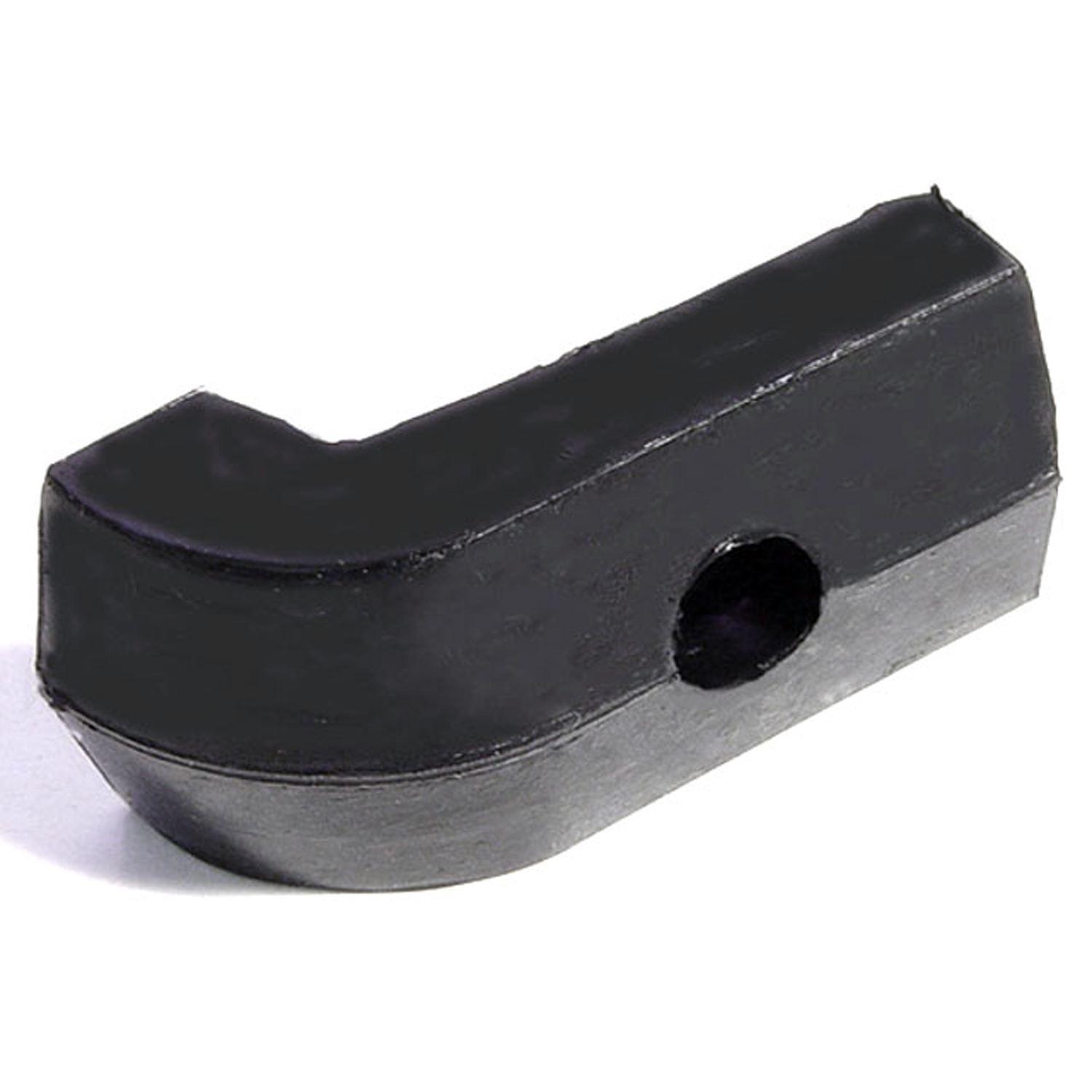 1962 Mercury Villager Hood Bumper. Made with steel core. Held by screw. Each-HF 40Hood Bumper. Made with steel core. Held by screw. Each
1962 Mercury Villager Hood Bumper. Made with steel core. Held by screw. Each-HF 40Hood Bumper. Made with steel core. Held by screw. Each 1962 Mercury Villager Generator Boot. Replaces OEM #C1AZ10170B-RP 2-FGenerator Boot. Replaces OEM #C1AZ10170B. Note: Notch may have to be cut by purchaser. Each
1962 Mercury Villager Generator Boot. Replaces OEM #C1AZ10170B-RP 2-FGenerator Boot. Replaces OEM #C1AZ10170B. Note: Notch may have to be cut by purchaser. Each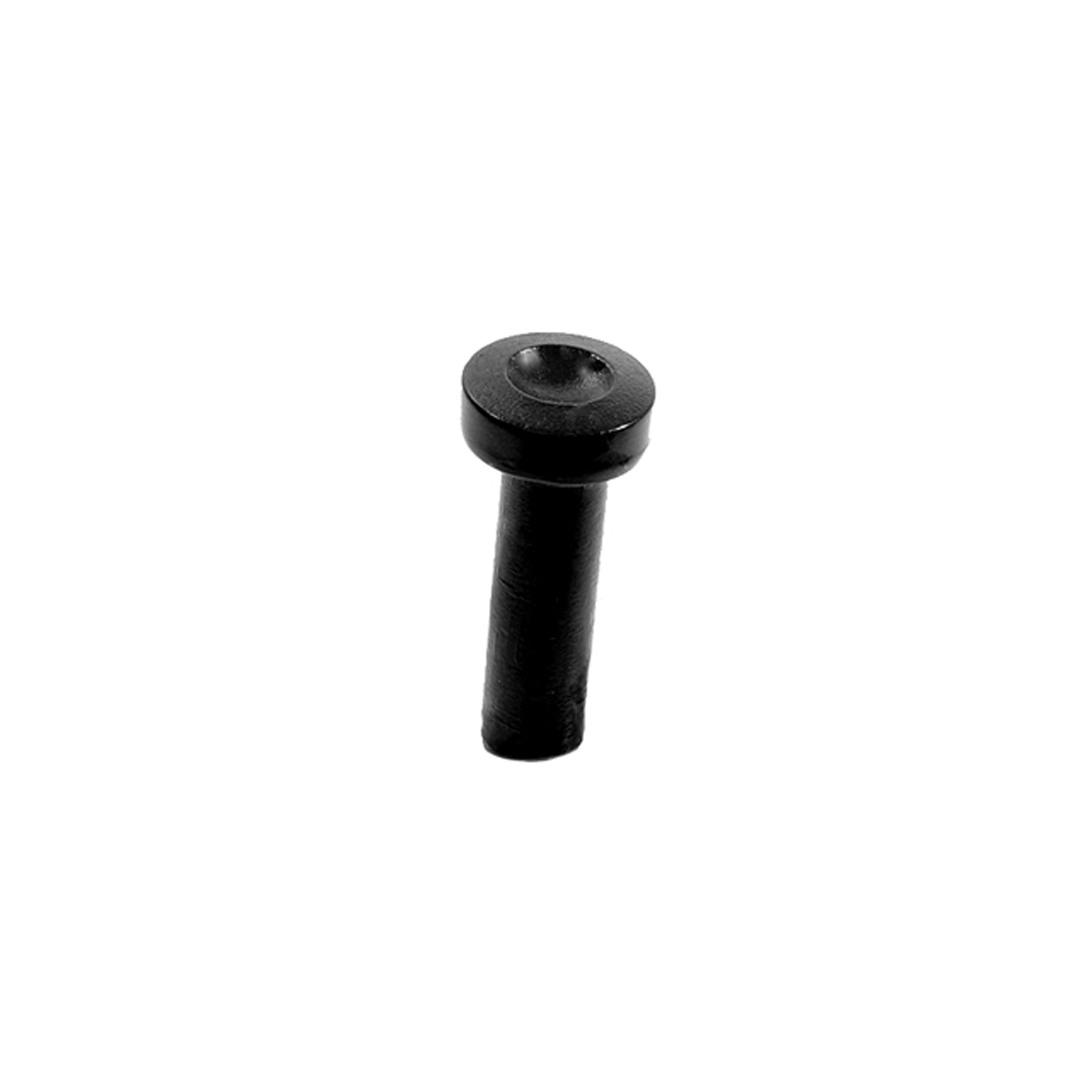 1962 Mercury Villager Door Lock Knob. Black Rubber. Each-RP 306Door Lock Knob. Black Rubber. Each
1962 Mercury Villager Door Lock Knob. Black Rubber. Each-RP 306Door Lock Knob. Black Rubber. Each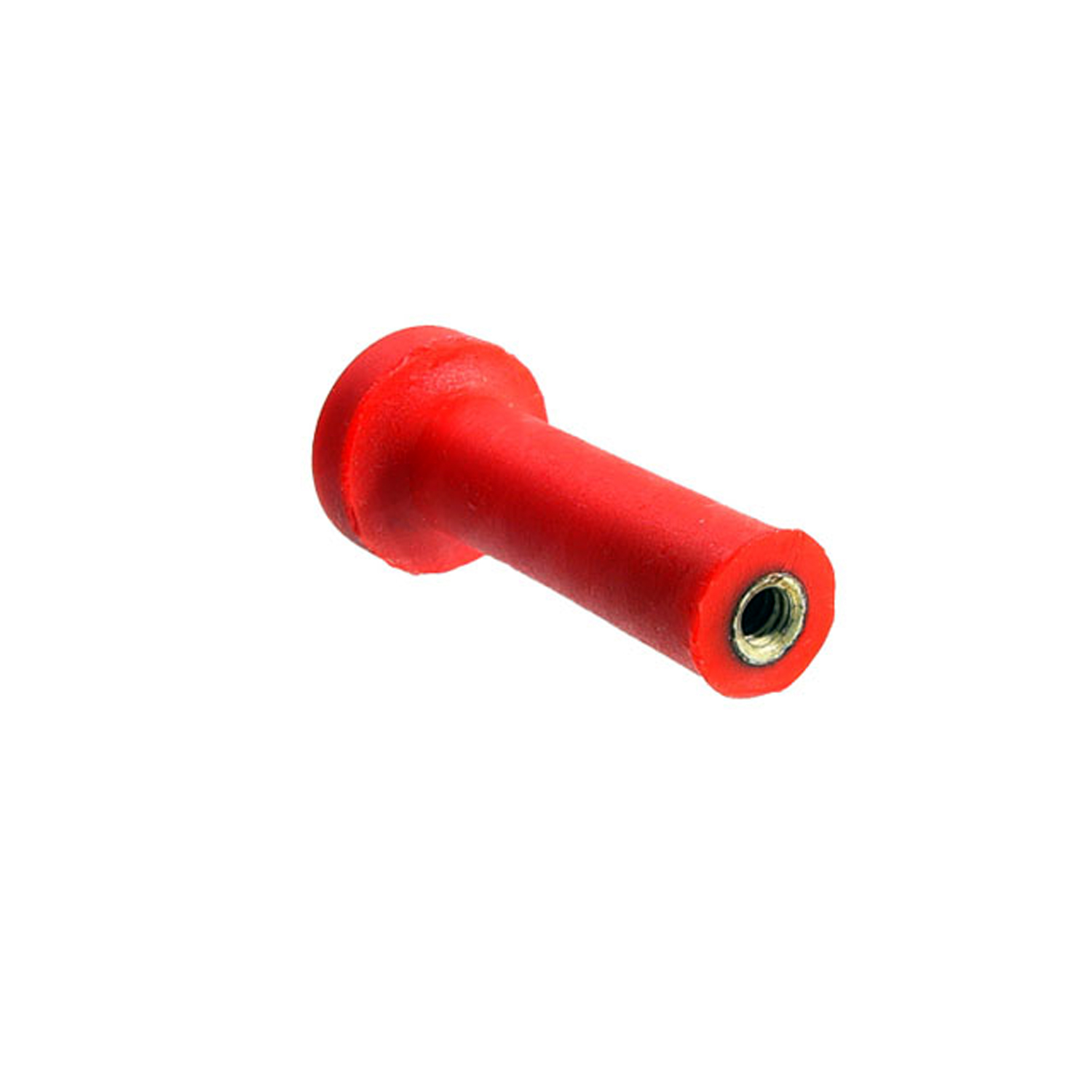 1962 Mercury Villager Door Lock Knob. 1-1/2" high. Made of red rubber. Each-RP 306-ADoor Lock Knob. 1-1/2" high. Made of red rubber. Each
1962 Mercury Villager Door Lock Knob. 1-1/2" high. Made of red rubber. Each-RP 306-ADoor Lock Knob. 1-1/2" high. Made of red rubber. Each 1962 Mercury Villager Door Lock Knob. 1-1/2" high. Made of blue rubber. Each-RP 306-BDoor Lock Knob. 1-1/2" high. Made of blue rubber. Each
1962 Mercury Villager Door Lock Knob. 1-1/2" high. Made of blue rubber. Each-RP 306-BDoor Lock Knob. 1-1/2" high. Made of blue rubber. Each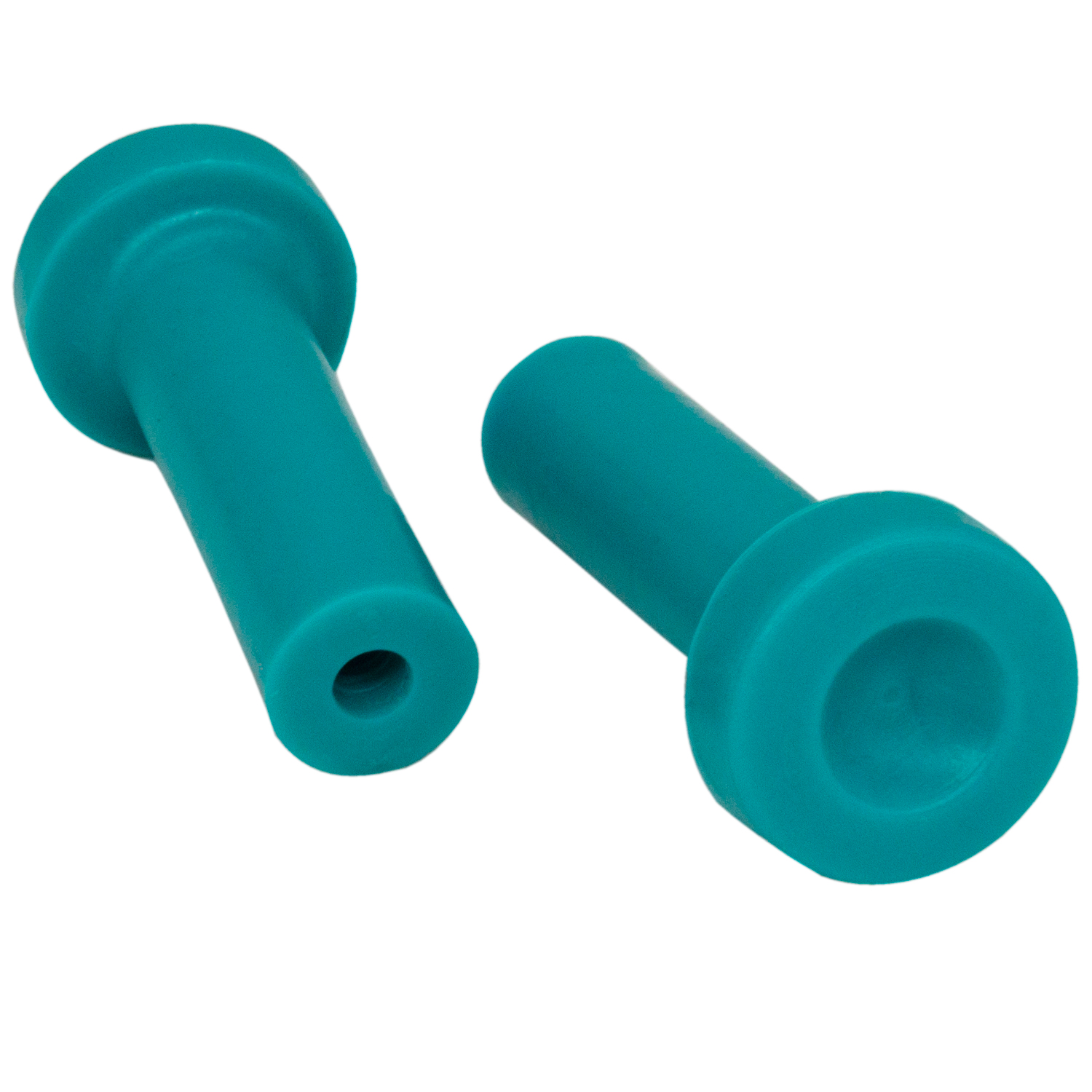 1962 Mercury Villager Door Lock Knob. 1-1/2" high. Made of turquoise rubber-RP 306-CDoor Lock Knob. 1-1/2" high. Made of turquoise rubber. Each
1962 Mercury Villager Door Lock Knob. 1-1/2" high. Made of turquoise rubber-RP 306-CDoor Lock Knob. 1-1/2" high. Made of turquoise rubber. Each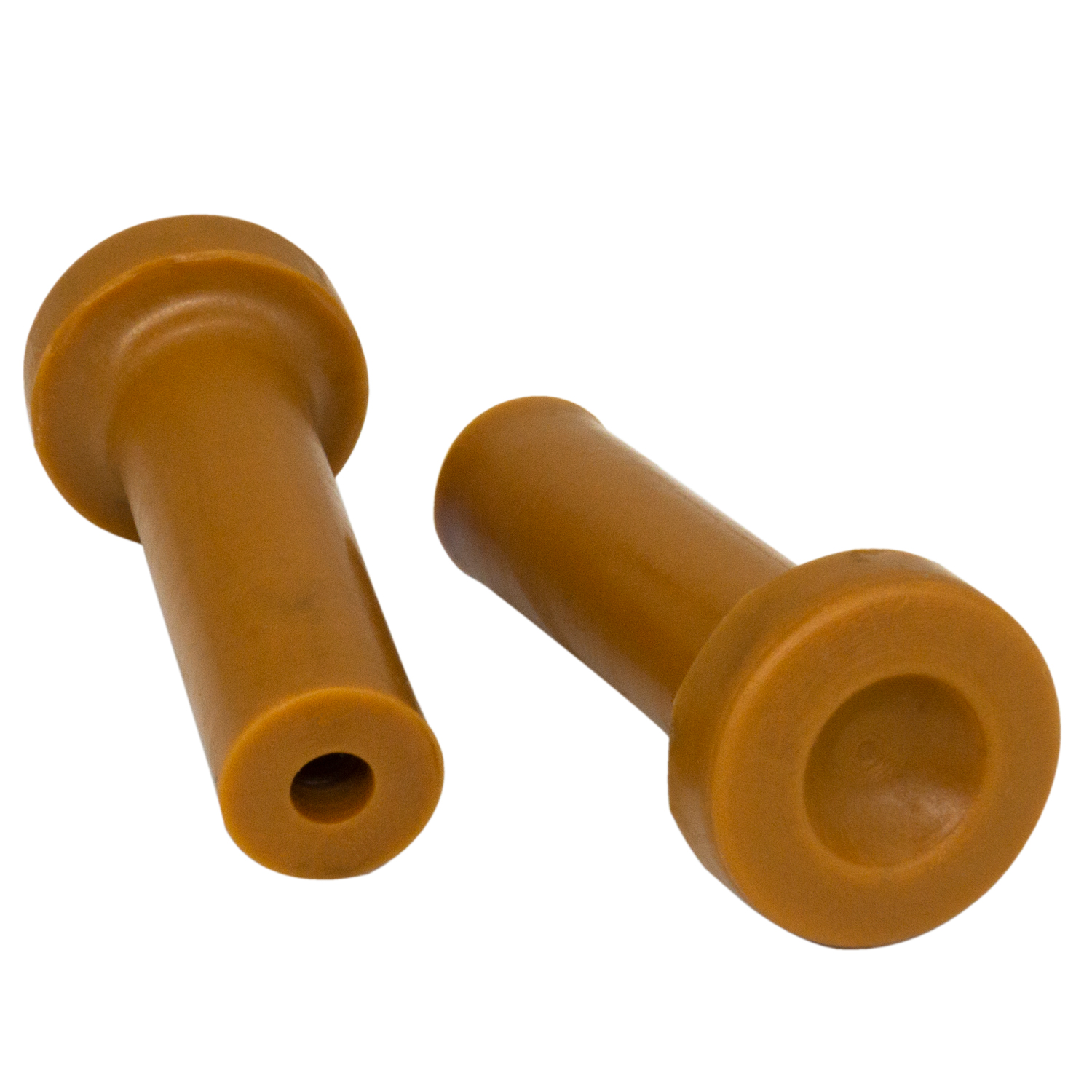 1962 Mercury Villager Door Lock Knob. 1-1/2" high. Made of beige rubber. Each-RP 306-DDoor Lock Knob. 1-1/2" high. Made of beige rubber. Each
1962 Mercury Villager Door Lock Knob. 1-1/2" high. Made of beige rubber. Each-RP 306-DDoor Lock Knob. 1-1/2" high. Made of beige rubber. Each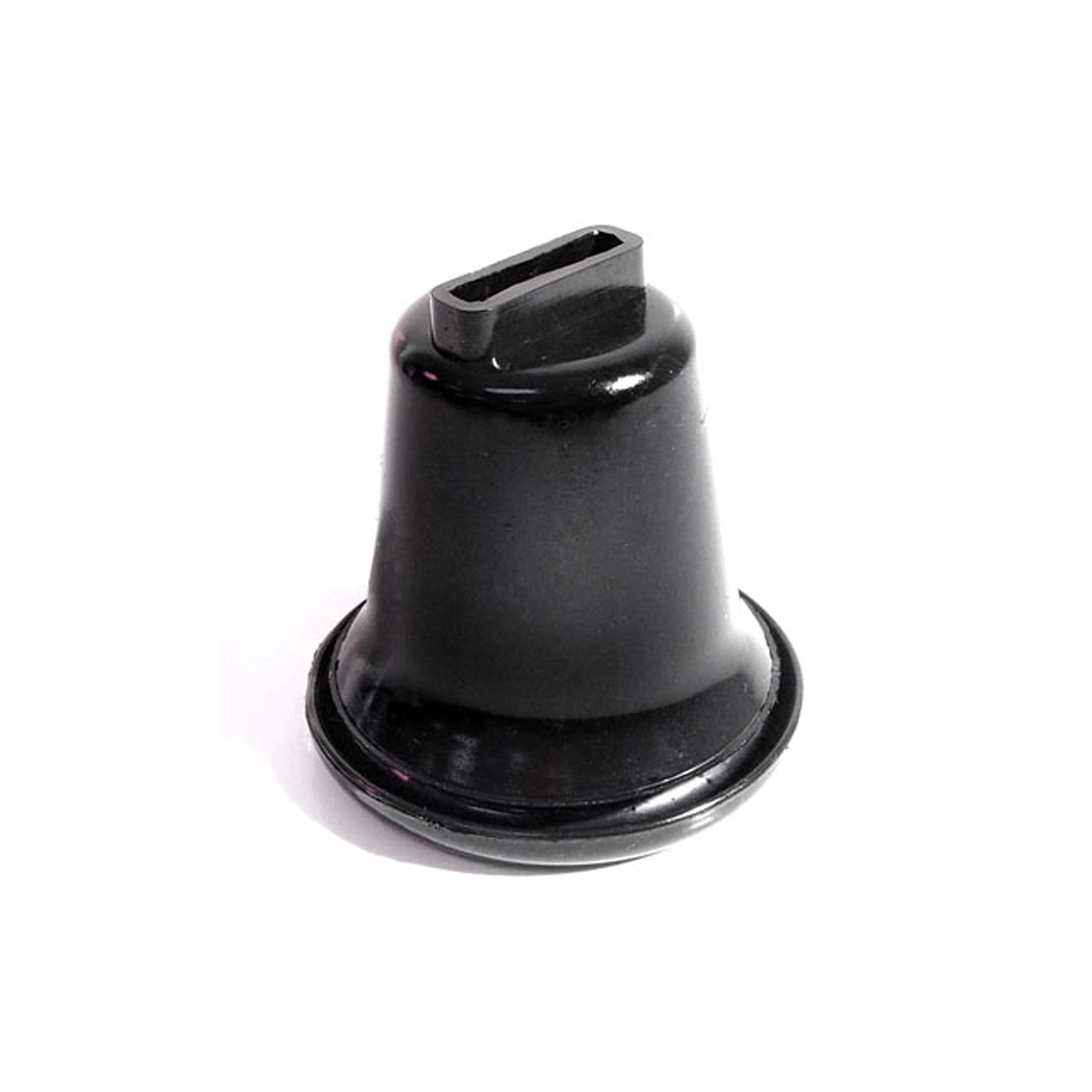 1962 Mercury Villager Brake Booster Boot. Each-RP 32-AABrake Booster Boot. Each
1962 Mercury Villager Brake Booster Boot. Each-RP 32-AABrake Booster Boot. Each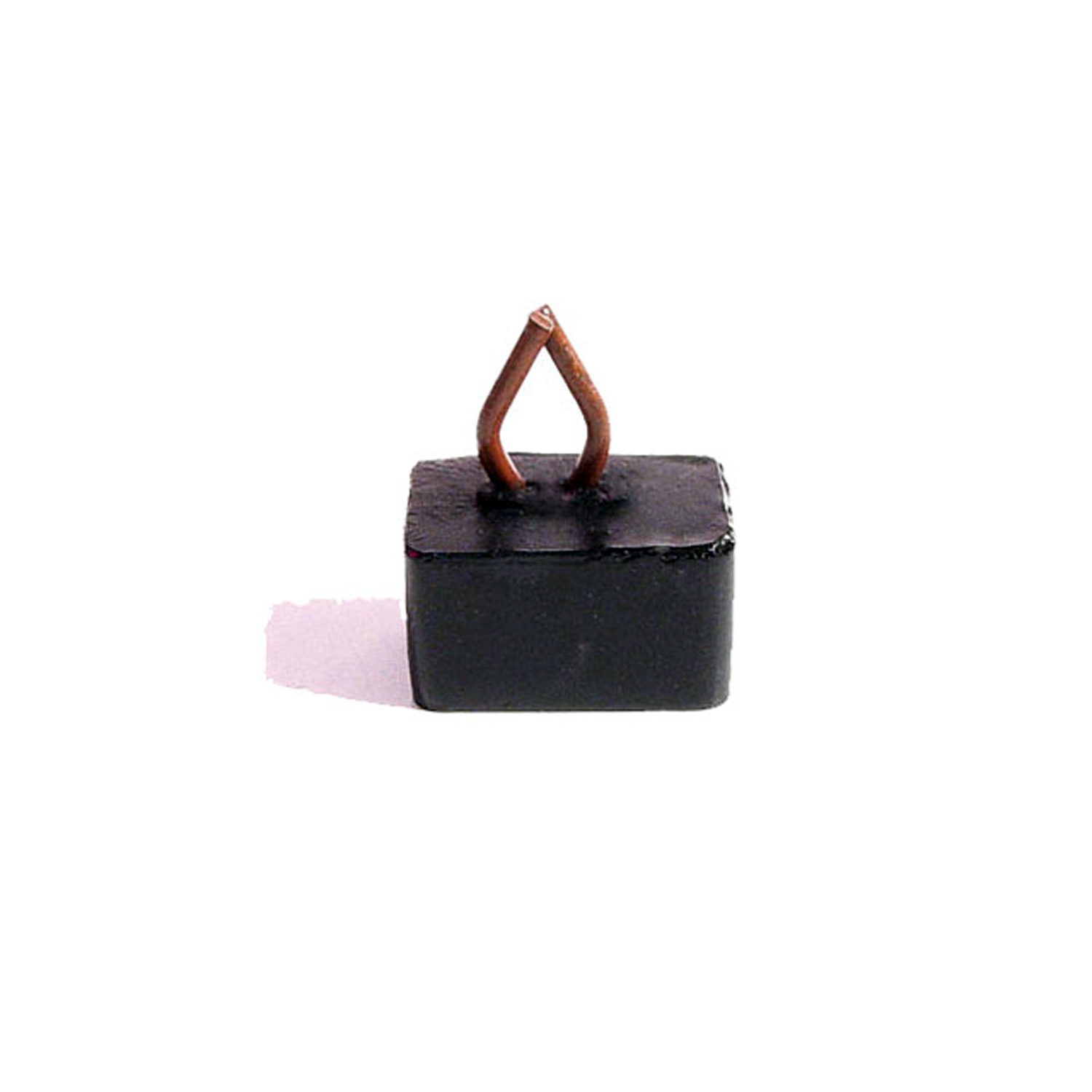 1962 Mercury Villager Hood Bumper. Snap-in wire base like original. Each-SB 89-AHood Bumper. Snap-in wire base like original. Each
1962 Mercury Villager Hood Bumper. Snap-in wire base like original. Each-SB 89-AHood Bumper. Snap-in wire base like original. Each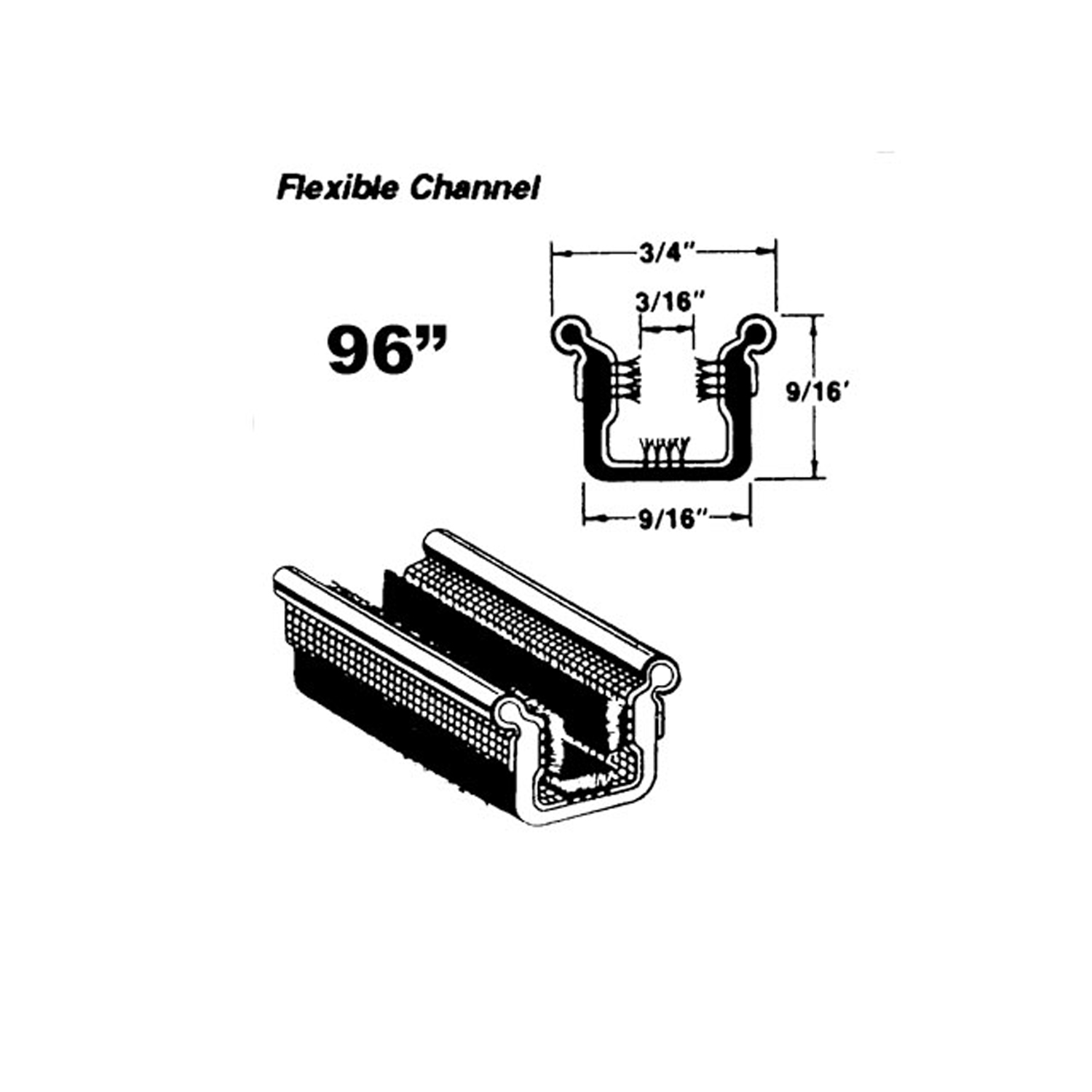 1962 Mercury Villager Flexible window channel-WC 10-96Flexible window channel. Rubber covered with mohair lining and stainless steel bead. 96 in. long. Each. NOTE: $20 special shipping charge applies for domestic orders. Call or email for overseas shipping costs. Part can be sectioned in two or three equal lengths to reduce overseas shipping costs.
1962 Mercury Villager Flexible window channel-WC 10-96Flexible window channel. Rubber covered with mohair lining and stainless steel bead. 96 in. long. Each. NOTE: $20 special shipping charge applies for domestic orders. Call or email for overseas shipping costs. Part can be sectioned in two or three equal lengths to reduce overseas shipping costs.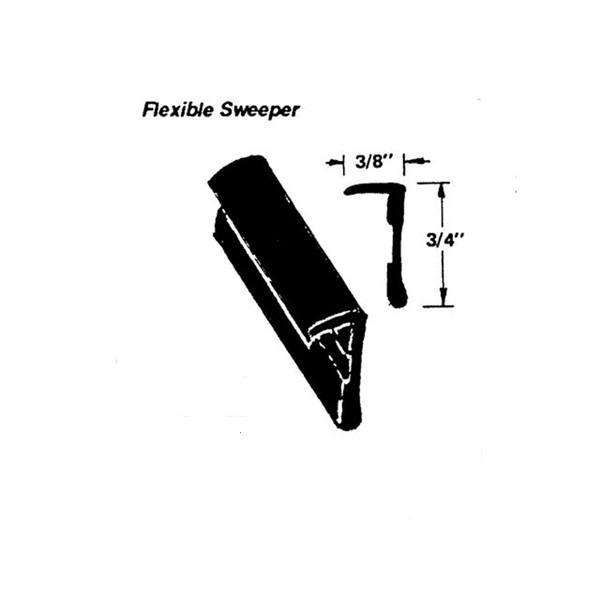 1962 Mercury Villager Flexible Sweeper. Made of rubber-WC 23-/FTFlexible Sweeper. Made of rubber. Seal for outside of side window. Sold by the foot
1962 Mercury Villager Flexible Sweeper. Made of rubber-WC 23-/FTFlexible Sweeper. Made of rubber. Seal for outside of side window. Sold by the foot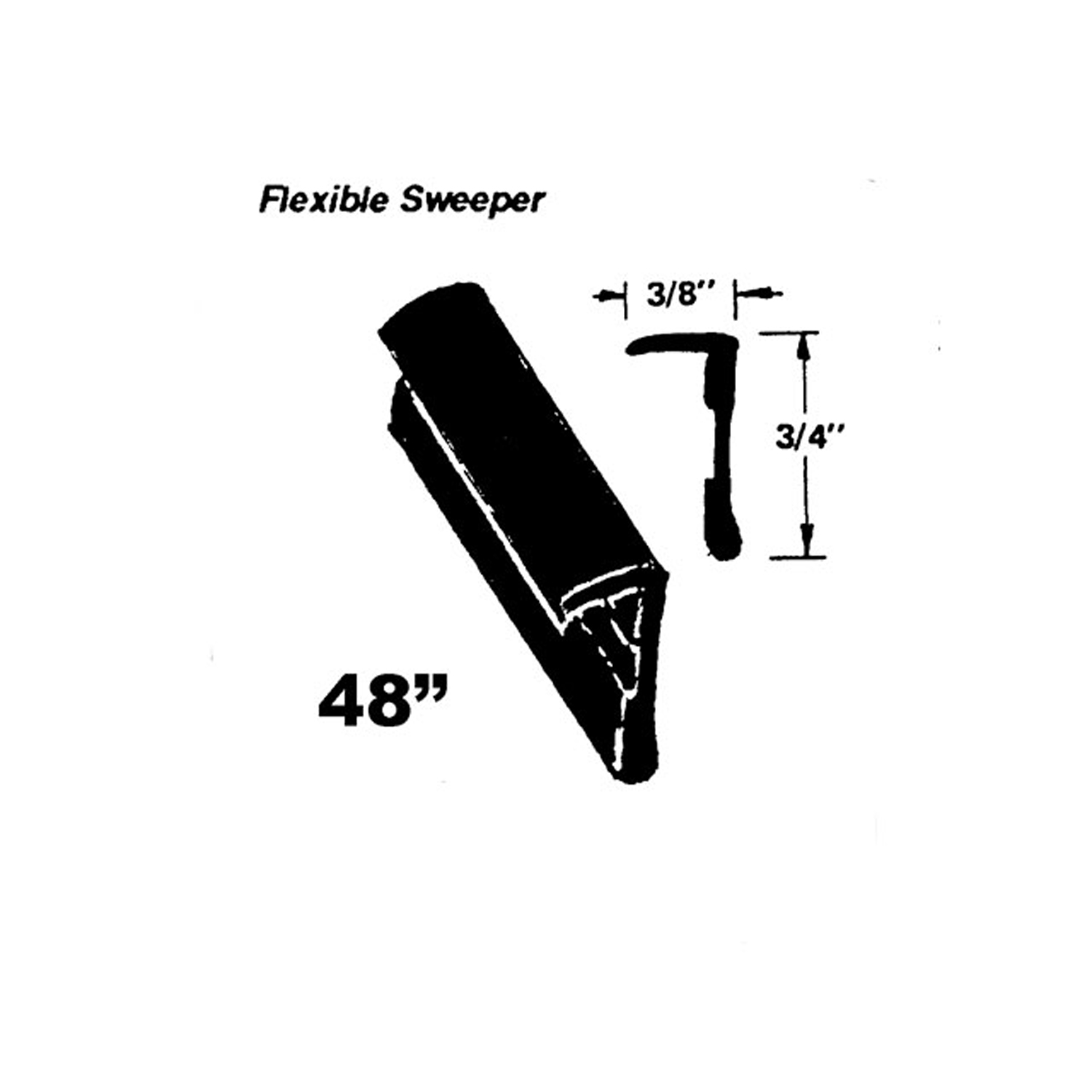 1962 Mercury Villager Flexible Sweeper. Made of rubber-WC 23-48Flexible Sweeper. Made of rubber. Seal for outside of side window. 48" Piece. Each
1962 Mercury Villager Flexible Sweeper. Made of rubber-WC 23-48Flexible Sweeper. Made of rubber. Seal for outside of side window. 48" Piece. Each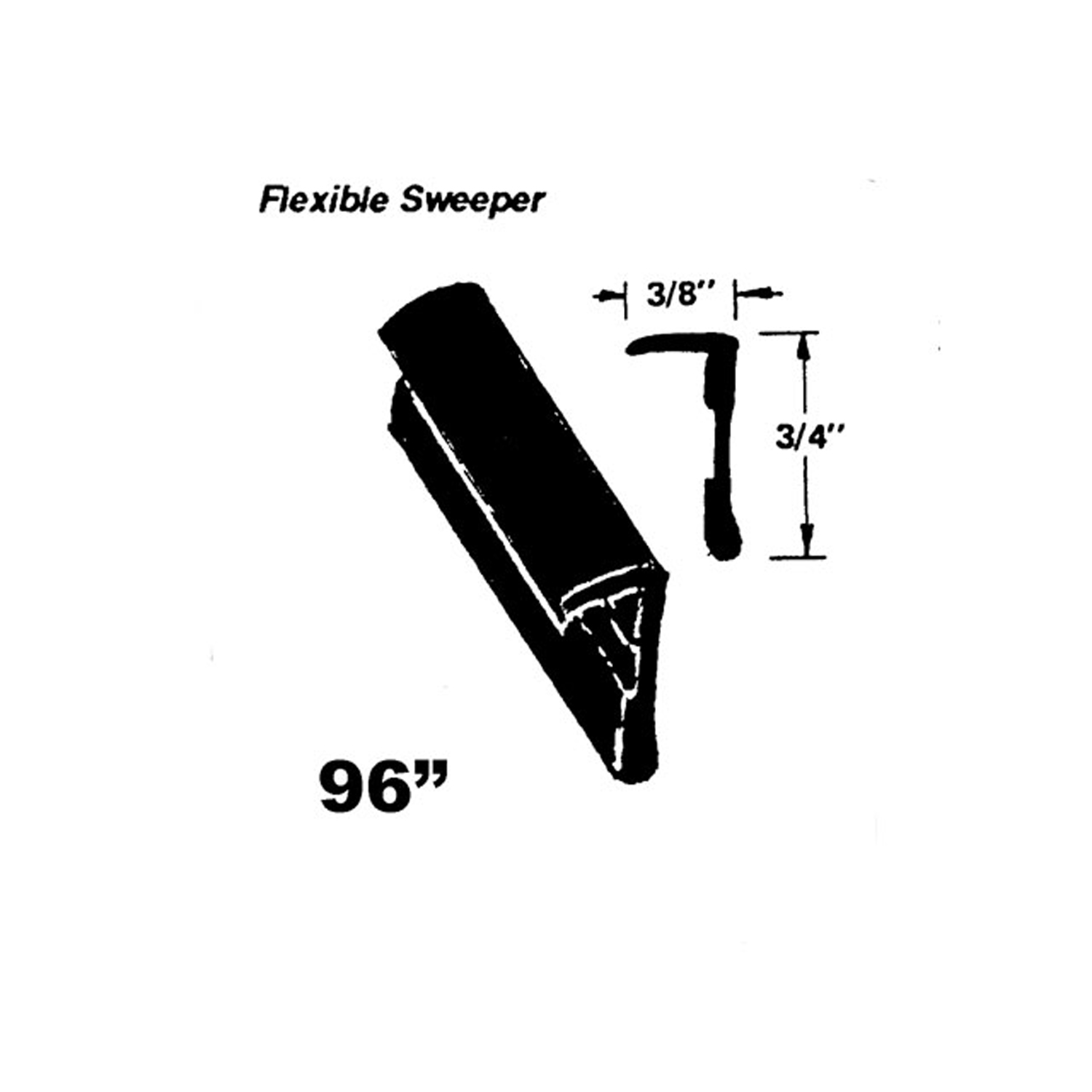 1962 Mercury Villager Flexible Sweeper. Made of rubber-WC 23-96Flexible Sweeper. Made of rubber. Seal for outside of side window. 96" Piece. each
1962 Mercury Villager Flexible Sweeper. Made of rubber-WC 23-96Flexible Sweeper. Made of rubber. Seal for outside of side window. 96" Piece. eachWhy Choose Metro?
For over 100 years, Metro Moulded Parts has been the pinnacle of quality in classic car restoration parts. Our commitment to precision and authenticity in every component ensures a perfect fit and an OEM-level appearance.
- Expert Craftsmanship & Quality: Each part is a testament to our dedication to reliability and perfection, crafted from original designs and thoroughly tested.
- Advanced Technology: We use cutting-edge techniques to create flawless, long-lasting parts that surpass others in performance.
- SuperSoft Sponge – The Ultimate Door Seal: Not only are our door seals 30% softer than competitors', but they're also guaranteed to never leak. They effectively reduce wind and road noise, enhancing your classic car's comfort and driving experience.
- Proudly American: Our parts are a product of American craftsmanship, made in the USA with a spirit of excellence and heritage.
- Unrivaled Warranty: We back our products with a 30-year industry-leading warranty, a testament to our confidence in their quality.
Join us in preserving the legacy of classic cars with parts that are crafted for perfection, not just made.

